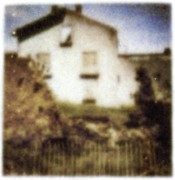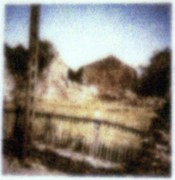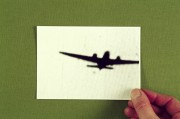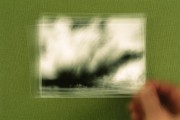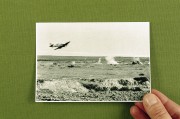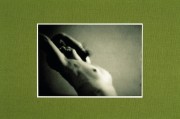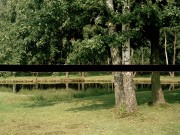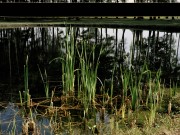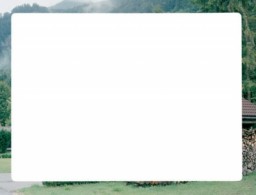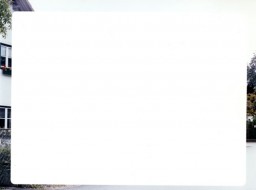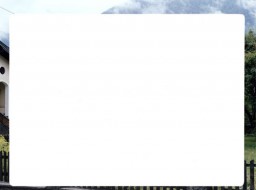Lecomte Tatiana
- Tatiana Lecomte, Oradour
- Tatiana Lecomte, Oradour
- Tatiana Lecomte, El Alamein
- Tatiana Lecomte, El Alamein
- Tatiana Lecomte, El Alamein
- Tatiana Lecomte, El Alamein
- problem not correct title imported
- Tatiana Lecomte Zement 2
Pictures of recollection
Virtually no value is more closely associated with the essence of photography than that of recollection. Tatiana Lecomte’s haunting engagement with memory homes in on the point where personal and political histories intersect. Her work often involves found photographs that can reveal private perspectives on the past and especially on events in the political history of the twentieth century such as the crimes of World War II. These histories permeate the visual material; they may be concealed or represented in intentionally idealized form, as in ”Der Teich” (The Pond) or “Oradour,”1 but they remain palpable. By using material from different sources, Lecomte also builds an archive documenting the characteristic phenotypes of analogue photography, combining her own pictures with photo- graphs taken by others or retrieved from archives to intertwine attested history with personal experience.
FKK am Strand von El-Alamein, or Naturism on the Beach at El Alamein, is the title of a series of 35mm slides from a group of slides Tatiana Lecomte salvaged from a wastepaper container. In it were forty years of a couple’s life to- gether – everyday scenes, but also beach vacations including one at El Alamein in the 1960s – with one unusual feature: the woman always struck erotic and sometimes downright pornographic “poses.” Only a few years earlier, the beach at El Alamein had entered history as the scene of very different events: in 1942, the Allies prevailed in two decisive battles and forced the German and Italian troops to retreat from Africa, defeating the German attempt to take the Suez Canal, an important strategic ob- jective.
Picture for picture, Tatiana Lecomte lays out her montage of the dis- position at El Alamein before us. The material is drawn from the above- mentioned private archives as well as history books and films2; some of the pictures were taken during the artist’s own vacation. The viewer is invited to identify the origin of each photograph based on the photo-graphic quality. The grand history of World War II – airstrikes, tanks emplaced on the beach, injured and dead soldiers – intersects with the minor and private history of a man who, one presumes, may have been to El Alamein before as a soldier. And as in Jean-Luc Godard’s Les Carabiniers, the external commentator’s hand turns the pictures into evidence of a history that has taken place. (Excerpt from an essay of the same title in DLF 1874 – Die Biografie der Bilder, ed. Bmukk, Vienna: FOTOHOF Edition, 2013.)
Ruth Horak
